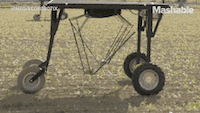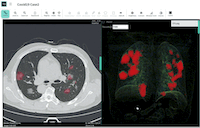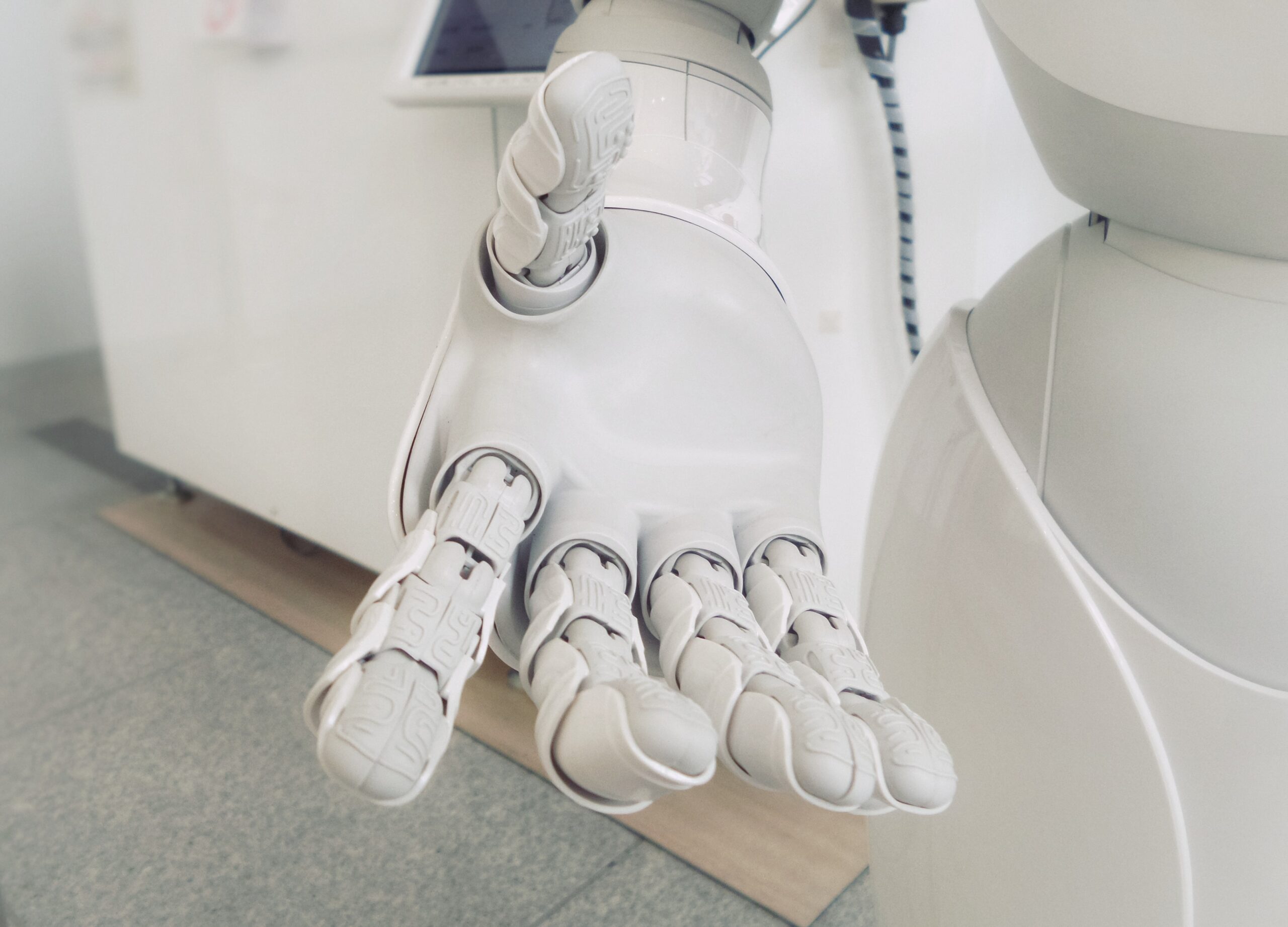Services involve the delivery of an intangible product, usually immediately. Services can’t be trialed, can’t be stored, and rely on a leap of faith by both the buyer and the seller. The buyer only knows afterward if the quality was acceptable and if the user experience felt good. The provider only knows during delivery if they’ll stay within the estimated time and cost. Such latent dissatisfaction and distrust are problems that firms try to overcome with many measures; from freemium offers and money-back guarantees to end-user license agreements (EULAs) and contracts the size of phone books (remember those?!).
I predicted the trend of “XaaS – Everything as a Service” in a previous DIGIGRAM. Now, I see the next wave arrive — the automation of services. Technology can now automate routine services and mediate between sellers and buyers at the same level as well-trained service associates—but faster, more scalable, and better able to continuously learn.
Unlike many humans, software is very patient – it can run for hours and hours with unchanged high precision, and without coffee or bathroom breaks. And software is precisely what we can harness to automate previously unautomatable work. This strength is especially critical in image recognition and automated decision-making. The ability to quickly compare a photo against a database of millions of other images and then make a decision is applicable in many industries. Here are examples of newly automated repetitive visual examination and decision- making tasks:
AI in agriculture: AI-equipped robots are here for fertilizing, weeding, and picking ripe fruit.

Ecorobotix created the first robot to drive autonomously and search and spray pesticides on weeds. AI is used twice to process images – once by cameras to position and steer the robot along the line of plants in the field, and once by cameras to photograph plants and compare them to the database to distinguish between crops and weeds. Just place this machine at the edge of a field, and it will find its way around and destroy weeds for hours on end with no supervision or taking breaks. The manufacturer also promises an impressive 90% reduction in the number of pesticides used.
AI in medicine: The same pattern is applied to medicine. Most X-ray or MRI images no longer need to be interpreted by a person. AI can determine 80-90% of images that merely confirm everything is in order. This could leave more time for highly trained radiologists to examine the remaining 10-20% of images that need careful and personal attention. A 2015 study at the Mayo Clinic called it “The radiologist’s gerbil wheel: interpreting images every 3-4 seconds eight hours a day…”. In today’s day and age, this doesn’t have to be the workday of our doctors!
AI in COVID: Here’s an example of a better way. Back in March 2020, the company TrainingData.io published a trained AI with a dataset of X-ray and CT images of chests and lungs.

Then, they made it available as a service to hospitals to compare images of their patients’ lungs against it to determine the severity of COVID infections. Impressive! Creating standards, procedures, and tools for diagnosis would have taken months without AI.
These are but three examples of the same pattern. No doubt, AI plus cloud delivery can now automate many routine services, inspections, quality control, and more. I look forward to seeing this applied not only in industry but also in the service industry. Customer service chat bots were only the beginning….

